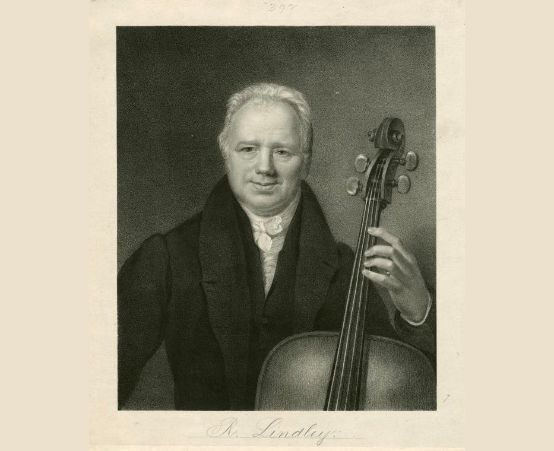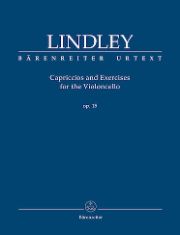Melodious etudes
The "Capriccios and Exercises for the Violoncello" by Robert Lindley are not only good as etudes.

Robert Lindley (1776-1855) was considered the most important cellist in England for over 50 years and was appointed the first professor of cello at the Royal Academy of Music in London in 1822. He wrote mainly for his instrument, including four cello concertos and chamber music. In the etude literature for cellists, his twelve etudes, published in 1826, are among the most important. Capriccios and Exercises for the Violoncello op. 15 is not part of the standard repertoire, wrongly so, as a closer look soon reveals.
Lindley's Capricci are mostly in two movements and, with the exception of numbers 1 and 2, deal with several technical problems in one piece. Numbers 1 to 4 are in the first to fifth positions, from number 5 onwards the thumb attachment is required. Particularly instructive are the diverse and varied double-stop passages, which extend to decimals.
The Urtext edition, edited by Valerie Walden and based on contemporary sources, contains the original fingerings and bowings. Alternative fingerings are consistently placed under the staff, added slurs are printed in dotted lines. The clef notation is adapted to today's standard without octave treble clef. The generously proportioned edition even contains fold-out pages to make leafing through it easier.
Regrettably, the composer did not compose a second cello part, as this would have further enhanced the melodious capricci for concert use.
Robert Lindley: Capriccios and Exercises for the Violoncello, op. 15, edited by Valerie Walden, BA 10936, € 16.95, Bärenreiter, Kassel 2019








